Promoting the value of local resources
In mid-May 2025, a tourism delegation from 3 provinces and cities: Can Tho, Soc Trang, Hau Giang conducted a survey and met with people doing community tourism in Ngu My Thanh village, Quang Loi commune (Hue city). Ngu My Thanh village is located on the Tam Giang - Cau Hai lagoon system, the largest brackish water lagoon system in Southeast Asia with an area of about 21,600 hectares, accounting for 48.2% of the lagoon water surface area along the coast of Vietnam. Here, people are developing a model of aquaculture combined with community tourism. Accordingly, visitors will have diverse experiences: taking a boat to see the lagoon, visiting the mangrove forest to explore the large aquaculture system of local people. Depending on the time of day, visitors will be able to watch the brilliant sunrise and sunset on Tam Giang lagoon, participate in indigenous activities: fishing in traps, trampling mud to catch snails, casting nets, fishing, and SUP rowing.
Tourists experience catching clams in Tam Giang lagoon.
After experiencing the activities, Mr. Ngo Minh Duc Uy, Mekong Smile Travel Company in Can Tho , said: “This is an interesting experience in Tam Giang lagoon, especially the activity of catching seafood in shallow water. These experiences give visitors an unforgettable impression, and at the same time, they understand more about Tam Giang lagoon and the lives of the people here. Community tourism here has its own identity of the brackish water ecosystem”. Ms. Luong Thi Hien, Quang Loi Commune Community Tourism Service Cooperative in Ngu My Thanh village, said: “Tourism activities here have the participation of local people. The experiences of tourists are all daily activities of the people”.
In fact, people in Ngu My Thanh village still maintain their daily life, earning a living by fishing and tourism activities have only developed in the past few years. According to the people here, tourism activities not only help them earn more income but also contribute to promoting and introducing the beauty of their homeland. Ms. Nguyen The Ngoc, Ngan Long Home & Camp Con Son (Can Tho), said: “The tourism experience in Tam Giang lagoon is very impressive, people take advantage of the advantages here to create activities close to the rhythm of daily life. Tourists catch fish by hand, trample in the mud to catch clams and blend in with nature. I think these are activities that are very indigenous and the way the people here build tourism products is worth learning. It is just taking advantage of what is available locally and improving the quality to make products”.
That has also been the way to organize community tourism activities in Con Son for many years. At Ngan Long Home & Camp Con Son, there are also products with strong local characteristics, such as the tour "Banana tree - preserving the soul of Vietnamese village", or "Death anniversary on the islet" in collaboration with many households in Con Son and Mekong Smile Tourism Company. In addition, Con Son Agricultural Tourism Cooperative also has many products exploiting indigenous resources: fish rafts, flying snakehead fish, frog circus, making traditional cakes... Ms. Phan Kim Ngan, Director of Con Son Agricultural Tourism Cooperative, shared: "Doing community tourism is both easy and difficult. The advantage is that we can take advantage of available resources to do tourism, but the difficulty is that the community must have a common voice, work together and take responsibility. Listening to Ms. Luong Thi Hien in Ngu My Thanh village share, it is similar to us, we all have the same difficulties, but we farmers are not afraid of difficulties, only have heart and faith, and want to introduce local characteristics".
In Soc Trang and Hau Giang, indigenous resources are also being used to develop community tourism. Accordingly, community tourism in Dung Islet (Soc Trang), Cau Duc Hamlet Community Tourism Village (Hau Giang)… all have diverse products for tourists to experience and learn about indigenous culture.
Support and development policy
In fact, community tourism brings many benefits in developing green and sustainable tourism. Community tourism activities create livelihoods for people, both preserving and promoting indigenous cultures and contributing to protecting resources and the ecological environment. Communities doing community tourism always have a sense of balance between exploiting and preserving natural resources, traditional cultural values, and protecting the environment. However, this journey faces many difficulties. Therefore, developing community tourism requires support from many sides.
Tourists experience making banh xeo in the "Death anniversary on the islet" tour at Son islet.
The process of developing community tourism must be oriented specifically and clearly. Each locality needs to develop a plan to select product types to have an orientation for developing community tourism, avoiding product duplication. To do that, it is necessary to conduct practical research on indigenous residents, culture, cuisine, customs, living habits, etc. to orient the core values of the community, preserve and develop cultural spaces to nurture, conserve and promote these typical values. The community of each locality must be deeply aware of the cultural values of their locality, thereby conveying these values to tourists with love, respect and trust.
Hue, Can Tho, Soc Trang, Hau Giang all have appropriate orientations for local community tourism. In particular, Hue has issued regulations and policies to support the development of community tourism in Hue until 2025, the Hue City Community Tourism Development Plan for the period 2025-2030, identifying orientations and solutions to support people in building effective and sustainable community tourism models. Hau Giang has a project to develop community tourism in Hau Giang until 2025, with a vision to 2030, which identifies tourism product groups, development spaces, and solutions to support the development of community tourism. In particular, Soc Trang has a project to develop community tourism in Soc Trang province that has been implemented, gradually forming community tourism associated with the development of garden ecotourism and sea tourism. Can Tho has projects on Building and developing specific tourism products of Can Tho City in the period of 2018-2020, vision to 2030; Developing agricultural tourism in Can Tho City in the period of 2021-2025, vision to 2030... all identify that community tourism needs to be invested in and developed.
Thus, localities all have appropriate orientations for community tourism, in which they determine to develop this type of tourism sustainably, promote the value of natural resource advantages, contribute to preserving and conserving cultural identity, protecting the environment, and gradually positioning the community tourism brand locally and in Vietnam.
Article and photos: AI LAM
Source: https://baocantho.com.vn/phat-huy-gia-tri-tai-nguyen-ban-dia-trong-phat-trien-du-lich-cong-dong-a186977.html


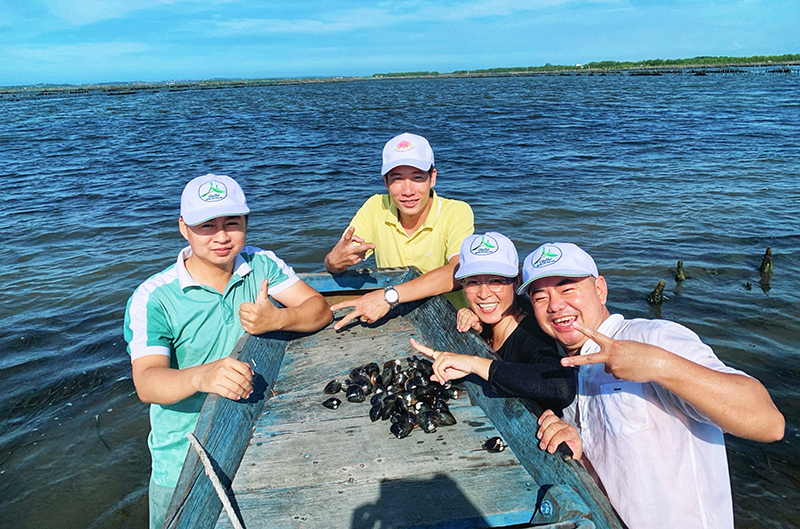
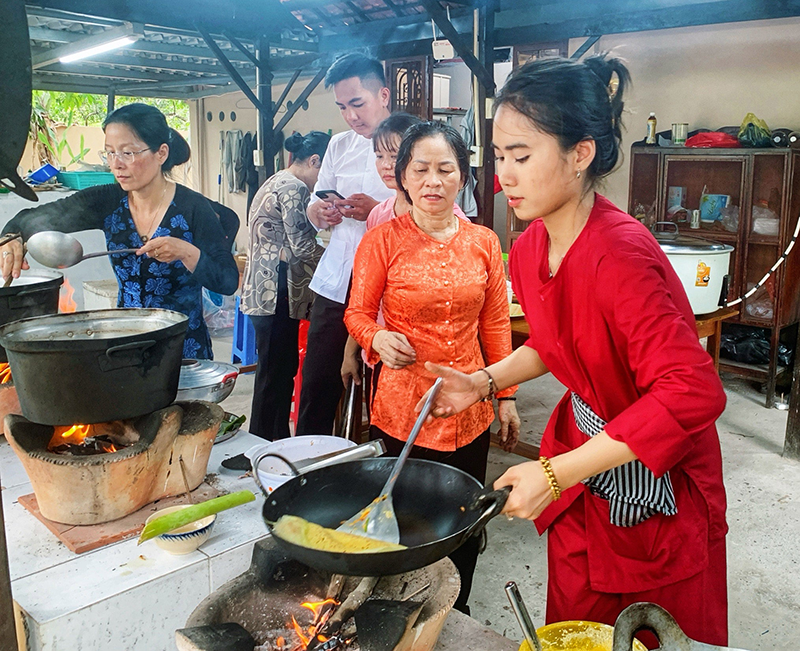

![[Photo] Prime Minister Pham Minh Chinh attends the event "Digital transformation of the banking industry by 2025"](https://vphoto.vietnam.vn/thumb/1200x675/vietnam/resource/IMAGE/2025/5/29/0e34cc7261d74e26b7f87cadff763eae)
![[Photo] A delegation of 100 journalists from the Vietnam Journalists Association visits the soldiers and people of Truong Sa island district.](https://vphoto.vietnam.vn/thumb/1200x675/vietnam/resource/IMAGE/2025/5/30/0984a986227d4e988177f560d2e1563e)
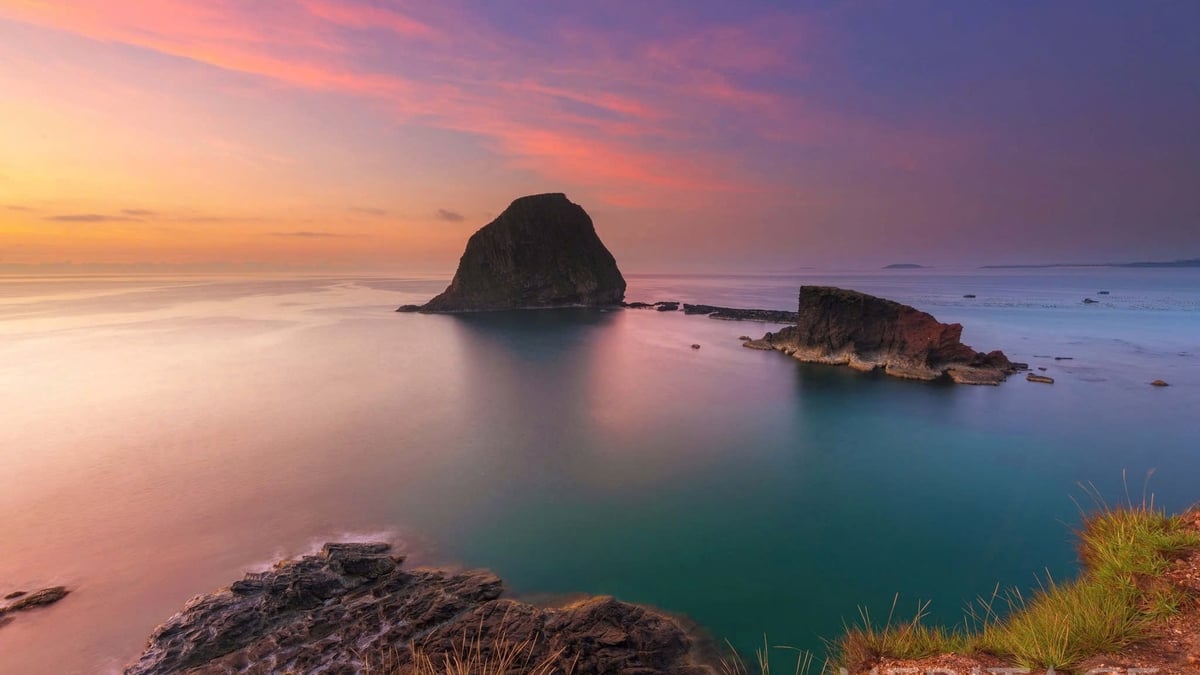

![[Photo] Journalists moved to tears at the Memorial Service for the soldiers who died in Gac Ma](https://vphoto.vietnam.vn/thumb/1200x675/vietnam/resource/IMAGE/2025/5/30/9454613a55c54c16bf8c0efa51883456)
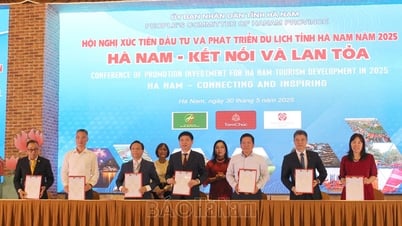

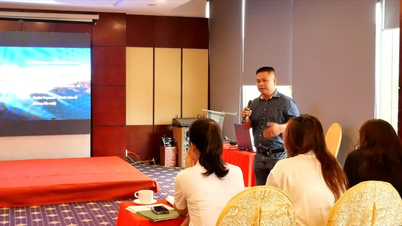

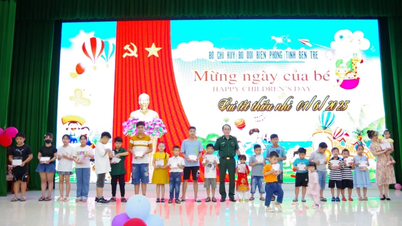





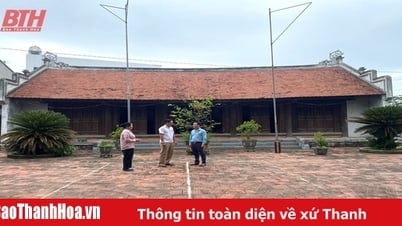






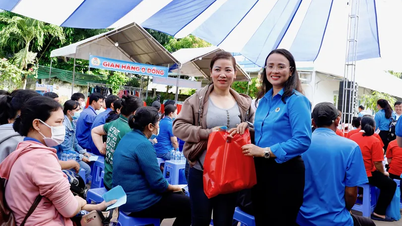
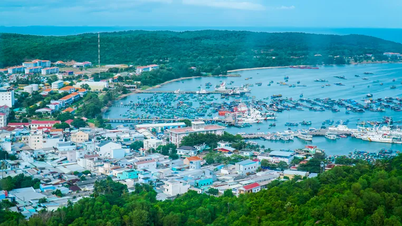

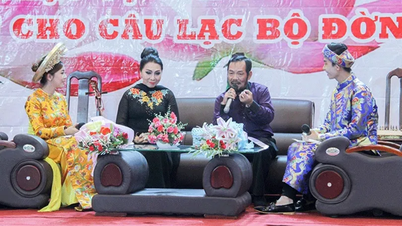
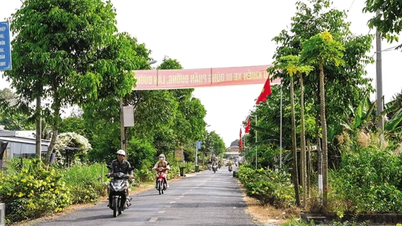









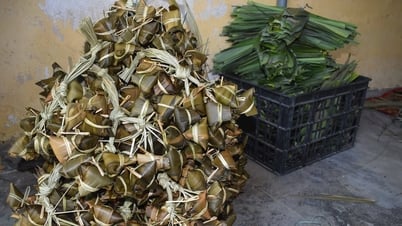

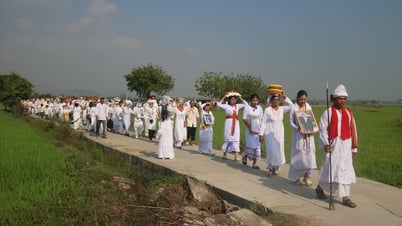















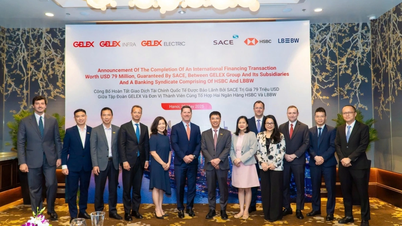



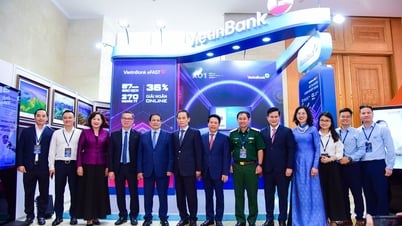









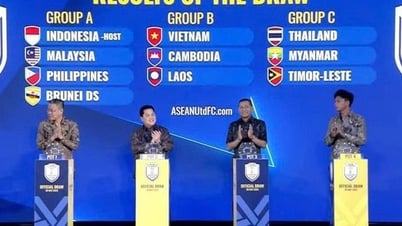


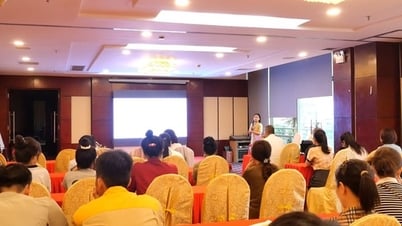
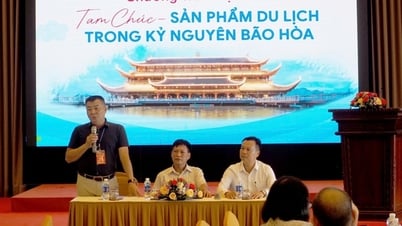
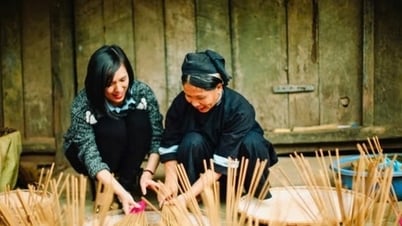
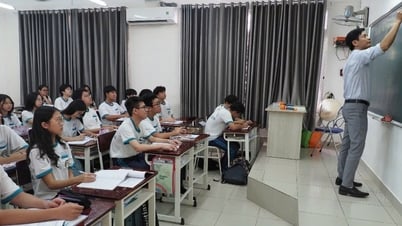

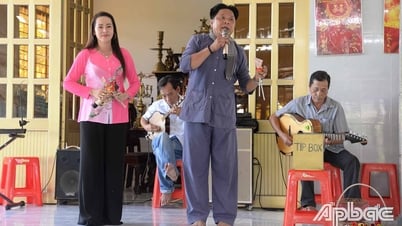

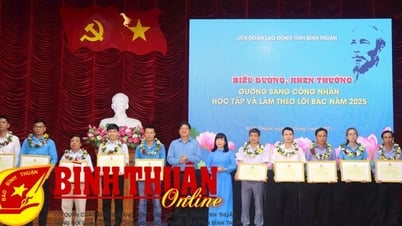


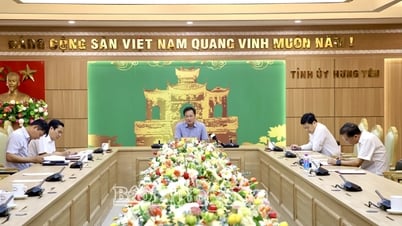








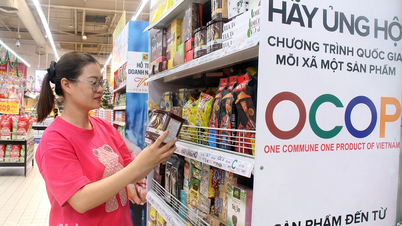

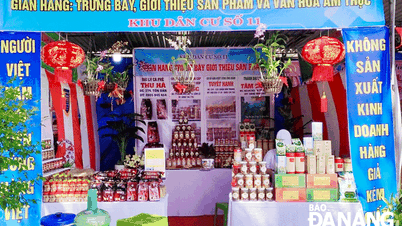


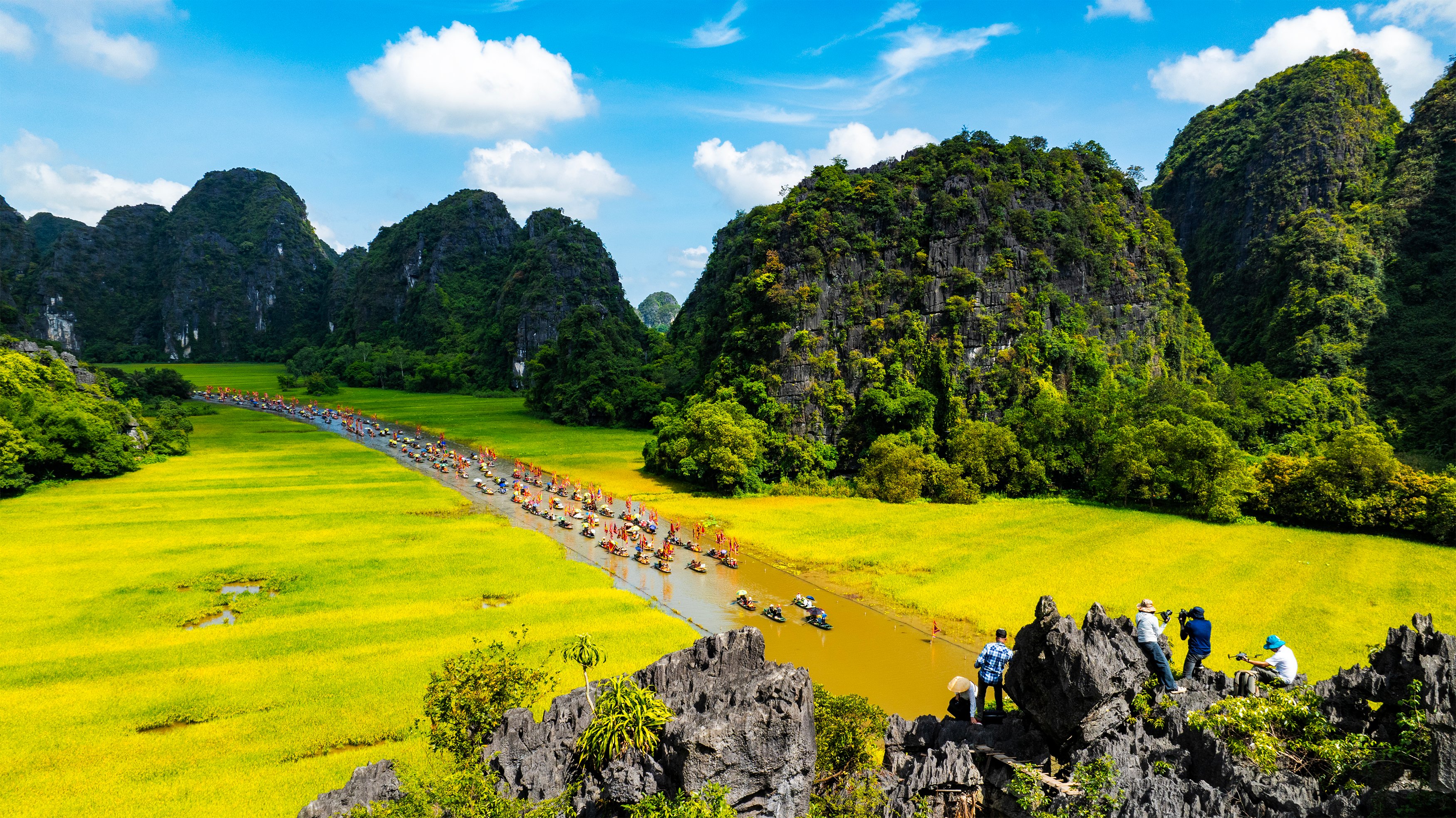



Comment (0)